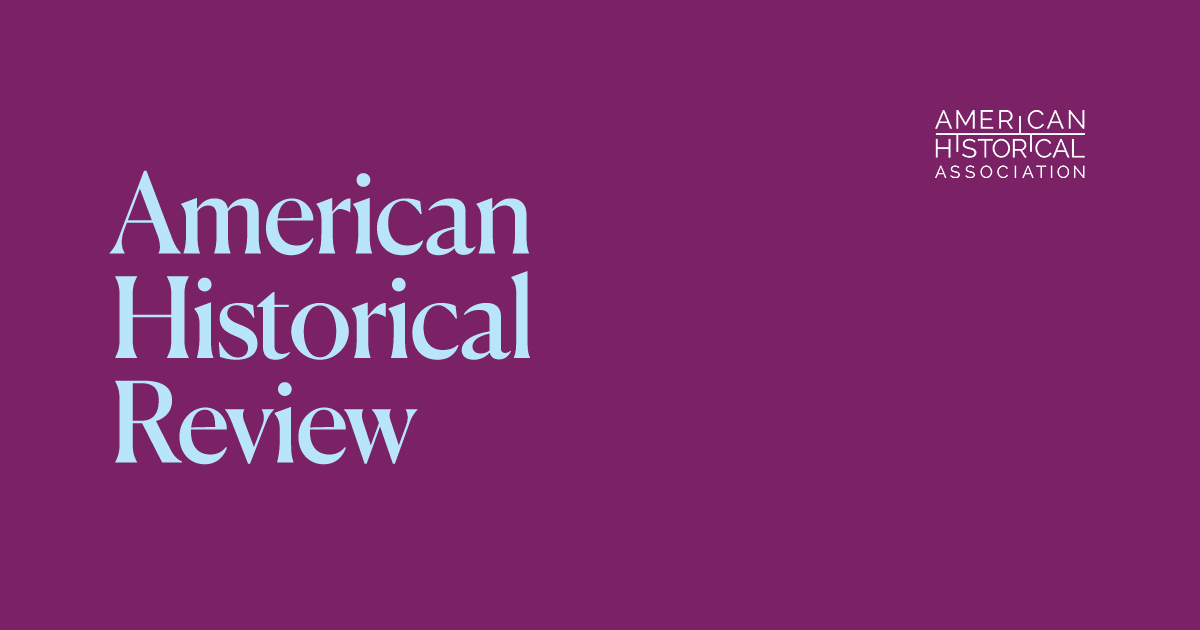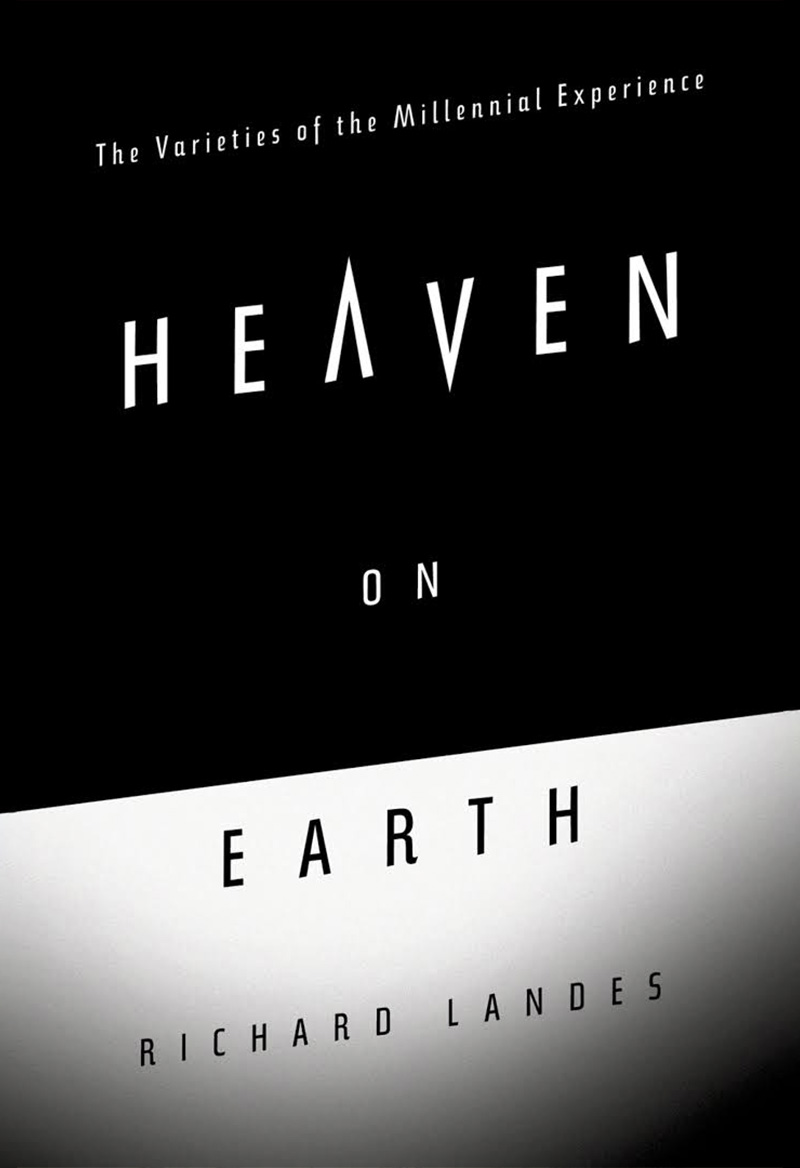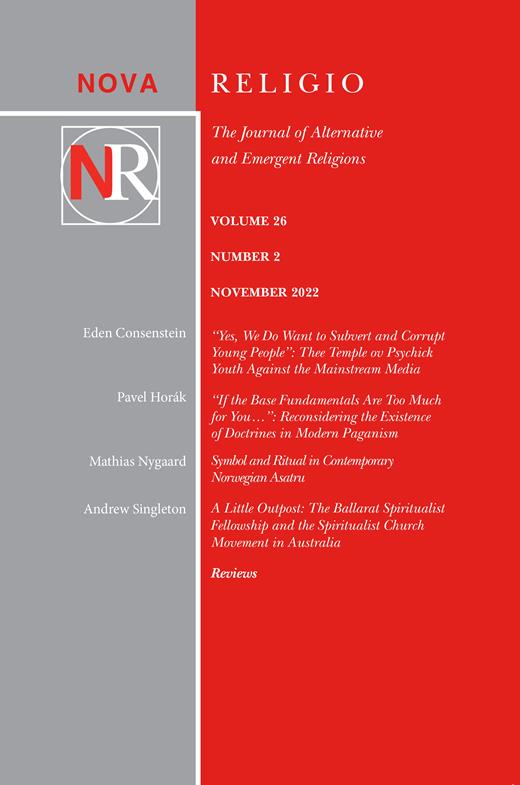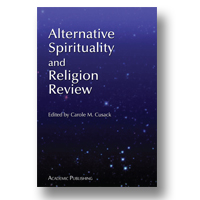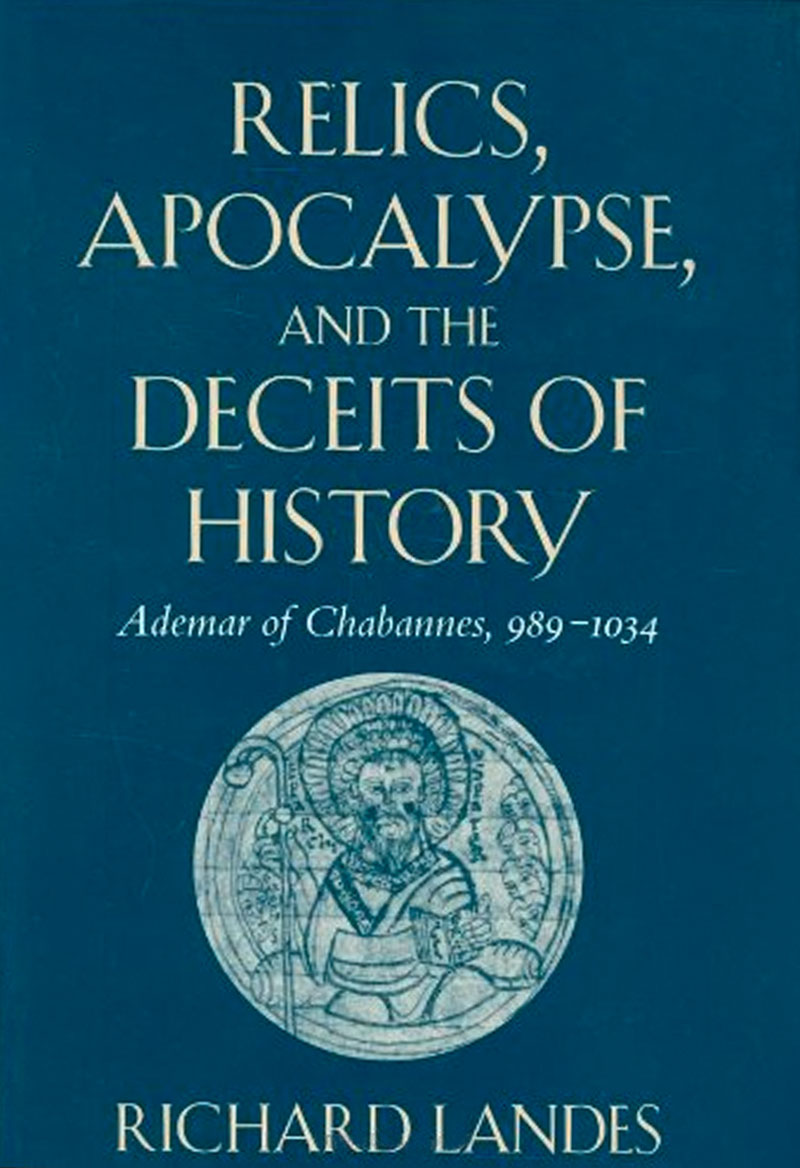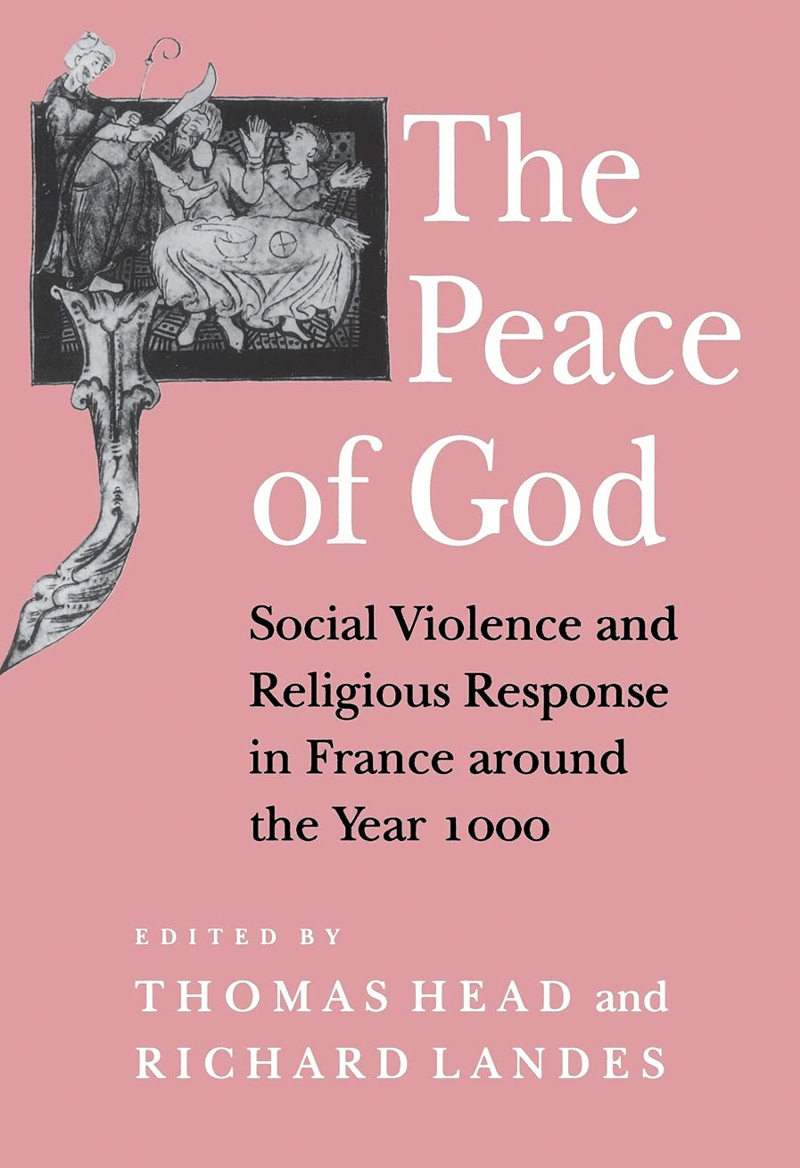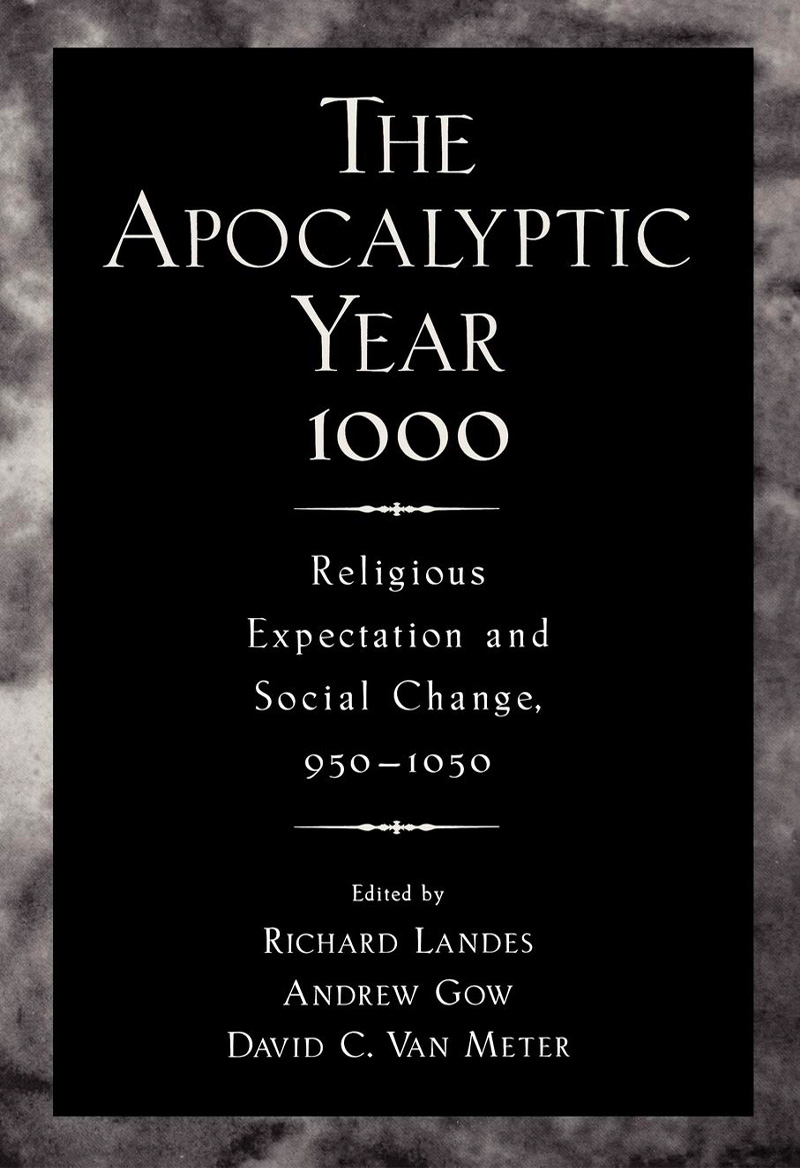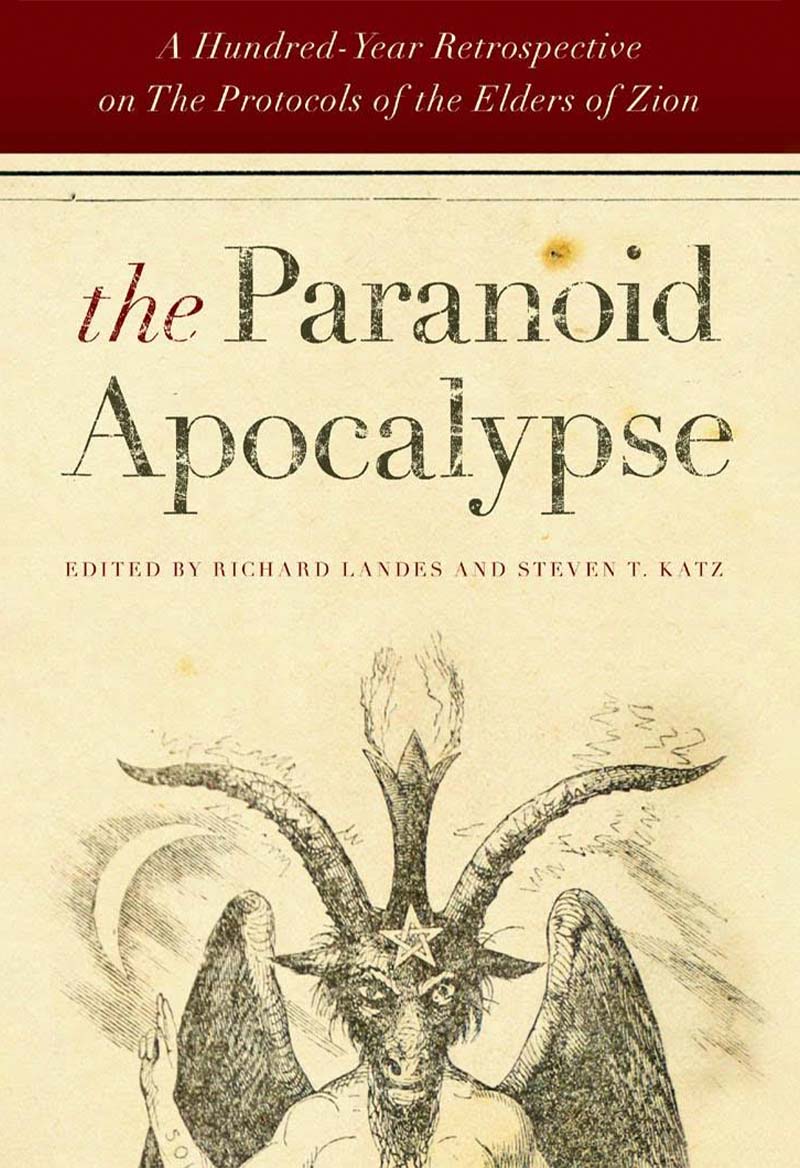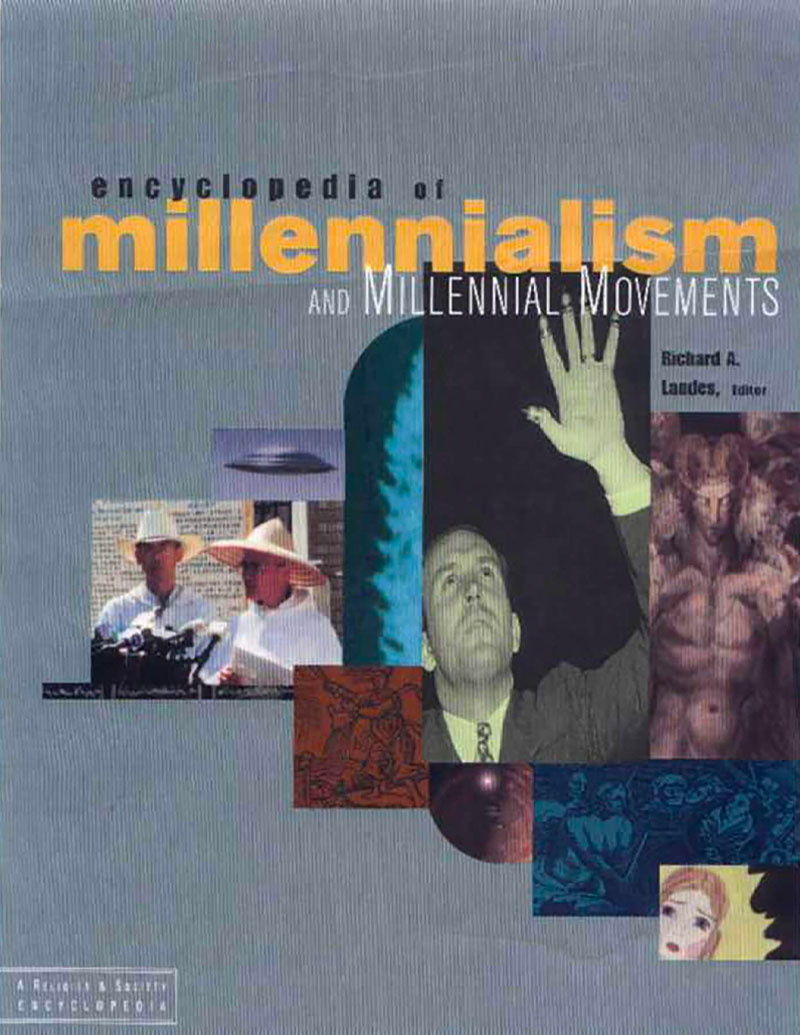Augustine on Constantinople, 398
Case Study of a Brief Apocalyptic Moment: Constantinople 398/400 as Reported by Augustine
A good example of a vast, if brief, apocalyptic moment, comes from the pen of Augustine, in his description (ca. 411) of an episode sometime between 398-400 in Constantinople.[1] Augustine tells a tale which gives a great deal of detail about an incident (or almost contemporary incidents) attested to in many other sources. Although Augustine nowhere mentions that the prophecies involved were actually apocalyptic (i.e., about the Parousia of Christ and the Last Judgment), nothing other than his own interpretation, over a decade after events, indicates that those who lived through this incident did not experience it as an apocalyptic moment. Accordingly, even in Augustine’s telling, the incident maps nicely onto the apocalyptic curve.
Stage I: Waxing Apocalyptic Wave
A few years ago, at Constantinople, when Arcadius was Emperor (what I shall say is known perchance to many of my hearers and there are some in this congregation who were even present there), did not God, wishing to terrify the city – and by terrifying to convert, by terrifying to cleanse, by terrifying to change – did He not come in revelation to a certain faithful servant of His, an official, as it is said, and announce to him that the city would perish by fire coming from heaven, and admonish him to tell the bishop?[2] The message was given; the bishop did not question it, but exhorted the people. The city was converted to penitential mourning, just as once great Nineveh of old.
This incident indicates an elite (bishop, eventually emperor) who are highly susceptible to apocalyptic prophecy. The message (at least in Augustine’s ex post defectu telling) fits into a model of biblical prophecy where God terrifies his faithful into conversion to the “right way.” As a result, the bishop responds positively to the rooster’s crowing: “he did not question it, but exhorted the people.” Indeed, independent sources inform us that a number of date-driven apocalyptic prophecies targeted the end of the 4th century CE: 394, 397, 398, 400.[3] Thus the conditions were ripe for an apocalyptic prophecy to “take” even in court, which may explain the curious behavior of the imperial bishop who behaved much like the bishops of Hippolytus' day. Apparently not that much had changed in terms of apocalyptic expectations within the Church hierarchy.
Stage II: The Wave Breaks
Yet, that men might not think that he who had spoken had either been deceived by fraud or had himself deceived by falsehood, the day came which God had threatened. While all were watching and with great fear were expecting destruction, at the beginning of the night, as the world was already becoming dark, a fiery cloud was seen in the East. This was small at first, and then gradually increased as it approached the city, until it hung fearfully over the whole city as a terrible threat. A mighty flame seemed to hang down from heaven, and the odor of sulfur was present. All fled to the church, the place could no hold the multitude. Everyone, almost with violence, demanded Baptism from whom he could. Not only in the church, but also in their homes and through the streets and squares there was a cry for the saving sacrament, that they might escape wrath, not only the present, but that which was to come.
Here Augustine gives us an insight into the apocalyptic nature of events. People trying to escape God’s wrath, who believe they are about to stand before God in Judgment, repent publicly, rush the churches to get baptized, beg for the Eucharist.[4] Indeed, so devout were people’s reactions to such moments of danger that John Chrysostom actually encouraged his flock to imagine that when an earthquake hit, it was the moment of divine Judgment, a time for repentance. Here he describes events two years later in the same city, Constantinople, where he was bishop:
Did not God last year shake our whole city? Did not all run to baptism? Did not fornicators and homosexuals and abandoned men leave their homes and their haunts and change and become religious? ...do you not remember how subdued all men were?... No knavery, no villainy then; such is the effect of fear and affliction.[5]
Apocalyptic moments are intense, like collective near-death experiences; they bring out deeply repressed feelings of guilt and submissiveness to a power greater than one’s own ego. Indeed, Chrysostom urged his flock to consider earthquakes and other moments of great fear as an opportunity to think about the Last Judgment:
Think on the tremendous day, which will not be one moment but for all eternity, let the river of fire and the threatenings of wrath and the powers drawing to judgment, the awesome tribunal, the incorruptible judgment, and those things which each has done will be passed before his eyes, nor will there be anyone to help him, no neighbor, no orator, no relative, no brother, father, mother, traveler, not anyone else. Then what will we do. I introduce fear so that I might be spared...[6]
This is a classic topos of post-apocalyptic explanation – we averted the cataclysm with our penitence and prayer; we have won a reprieve.[7]
Stage III: The Broken Wave and Cognitive Dissonance
Of course, like every other moment when people thought it was “the End,” the end did not come. Augustine notes:
Nevertheless, after the great tribulation, in which God manifested the trustworthiness of His servant and confirmed the revelation of His servant, the cloud, just as it had increased, so now began to diminish and was gradually dissipated. When they had slowly been relieved of their fear, the people again heard that it was absolutely necessary that they depart because the city was to be destroyed on the following Sabbath. The whole city, together with its emperor, departed; no one remained in his house, no one closed his home. Retiring a long way from the walls and looking back on their beloved roofs, they bade farewell in tearful voice to the dear homes left behind. And when the great multitude had progressed several miles, and had gathered together in one place to pour forth prayers to the Lord, suddenly on seeing much smoke it sent forth a great cry to the Lord.
Here we have one of the characteristics of disappointed expectations: when prophecy fails, redate.[8] So a new prophecy (about which Augustine is appropriately obscure) stirs the inhabitants, including the emperor to a vast penitential procession aimed not at saving the city, but their souls.
Given the tendency of prophets on the defensive to “up the ante,” and inhabitants of Constantinople to view their city as the center of the universe,[9] it seems most likely that the prophecy presented the previous “fright” as a necessary prelude to the final apocalyptic moment of destruction. Now that all the citizens had been baptized, the eschatological finale could take place. The inhabitants – emperor included act out the Apocalypse according to Matthew: “then let them... flee to the mountains; let him not go down to take what is in his house; and let him who is in the field not turn back to take his mantle... (24:16-18)”?
Only after the vast accumulation of repeatedly disconfirming evidence will a true apocalyptic believer return to normal time. The rooster has not stopped crowing successfully, and he mobilizes the entire city a second time! Obviously the first incident did not end in humiliation, but in a second level of expectations. As the example of the Anabaptists at Münster in 1533-35 shows in elaborate detail, street theater is the best way to prolong an apocalyptic prophecy.[10]
Stage IV: The Receding Wave and the Return to Normal Time
Finally, when all was seen to be peaceful, some were sent to bring back news. And when the messengers announced that the wall and houses stood safe throughout the city, all returned with great rejoicing. No one lost anything from his house; open as it was, each man found it as he had left it.
The inhabitants had left their homes wide open and nothing happened. They return to their intact and unpillaged homes rejoicing, according to Augustine, relieved they had been spared at once by God and by man.
Of course, this account hardly tells us the full story. We know from Chrysostom how quickly people, briefly in thrall to the terror of death and judgment, slid back to their old ways:
But three days passed, and they returned again to their own proper wickedness. And whence is this? From the excessive laziness… Do you not see these things even now, and how men are many of them like serpents, both faithless and thankless, men who, viper-like, when they have enjoyed benefits and have been warmed by some, then they sting their benefactors?[11]
And among the responses of such backsliders, one can well imagine no small number of people ready to accuse the bishop and his visionary of folly at best, knavery at worst.
Augustine wishes to emphasize both the integrity of the “prophet” and the believing bishop, and the good fortune and wisdom of the Constantinopolitans. So he emphasizes how God was careful to give the proper signs of his might and purpose even though he spared the city, and to present the tale as one not of failed apocalyptic prophecy but of God’s paternal chastisement correctly communicated by his ecclesiastical servants.
But Augustine’s rhetorical purpose in even mentioning this story is quite distinct, and marks him out as one of the great owls of the Christian tradition. The sermon in which he gave this lengthy account was delivered shortly after the news that the Goths had sacked Rome and subjected its inhabitants to three days of pillage and rapine reached North Africa. His primary purpose was to quiet Christian fears that it was the signal that the End of Days had come.[12] Constantinople’s fears serves as a cautionary tale on two levels. First, just as the Constantinopolitans were spared, “[s]o there should not be the least doubt that God spared also the city of Rome whose citizens, before the enemy had fired it in many places, had departed in large numbers...”[13]
But on a less explicit level, it warns against the temptation to inflate one’s own miseries to a cosmic plane. As he would later chide his eagerly apocalyptic colleague, Bishop Hesychius in 418, to keep a cooler head lest, “when we fall into a panic over present happenings as if they were the ultimate and extreme of all things, we may not be laughed at by those who have read of more and worse things in the history of the world.”[14] Indeed, he set his enthusiastic, if not terribly understanding disciple, Orosius, to precisely the task of chronicling how much worse the past had been than the present.[15] The simple meaning of this tale about Constantinople: one should not panic and believe that Rome's recent misfortune signals the apocalyptic climax of history; that is what they thought in Constantinople a decade ago, and look at how foolish they were.[16] This certainly seems like a text about roosters by an owl.
But however the narrative has been shaped by its retrospective and didactic purposes, it describes nicely the unusual and brief dominance of apocalyptic time – the acquiescence of the leaderships (“the bishop did not question [the prophecy] but exorted the people”), the waves of conversions (almost violent demands, crowds cramming the churches), the abandonment of material calculation and self-interest (leaving their homes unlocked), the mass manifestations of public religiosity, including penance and atonement, the abasing of the powerful, including the emperor, the return to normal time and the narrative told by an owl.
Although I have mapped this incident as a wave, as I think all apocalyptic incidents do. But in a sense, it resembles more the patterns of the Doppler affect. Specific – triggered by signs that coincided with a computed date – it sets off an extremely intense and widespread reaction as that date approaches. But, the same factors that produced the intensity and scope also condemn it to a brief life – its failure becomes rapidly evident – that very day, and again the following Saturday.[17] And yet, for all their brevity, these are moments that people who experienced them never forget – vast collective emotions, the humbling of the powerful. They are also moments that the elite intelligentsia wants nothing more than to forget, and they do so in their recorded narratives, written in the retrospective perfect. Byzantine sources tell us none of the embarrassing details that Augustine here records in Latin, although they do allude to the disturbed quality of that year, something of an annus terribilis.[18] Without this outsider, himself intent on calming his own people faced with their own apocalyptic fears, we could not imagine such events.[19]
[1] De excidio Urbis Romae sermo ¶7; Marie Vianney O'Reilly, Sancti Aurelii Augustini De excidio Urbis Romae sermo : a critical text and translation with introduction and commentary (Washington, DC: Catholic University of America Press, 1955). There exists an extensive literature on either this incident in Constantinople (or any number of others very much like it). Those who date it to 398 work with texts focused on a tradition of the “annus magnus” of 365 years from the crucifixion; others link it to the earthquake which most recently has been dated to 400. A large number of contemporary texts, both Christian and pagan in origin, describe similar phenomena, some of which I will use in filling out the account. On the problem of dating see Alan Cameron, “Earthquake 400” Chiron 17 (1986): 343-60 (which also contains references to all the relevant primary sources). The author may be useful for both dating and sources, but he tends to dismiss the material about signs and wonders as “flights of fancy” suitable for “credulous historians.” (p. 351f, n.42).
[2] The bishop here is almost certainly John Chrysostom, who became bishop of Constantinople in February 398, to fill a see vacant since the death of the previous bishop the previous year.
[3] See Landes, "Lest the Millennium be Fulfilled: Apocalyptic Expectations and the Pattern of Western Chronography, 100-800 CE," in The Use and Abuse of Eschatology in the Middle Ages, ed. W. Verbeke, D. Verhelst, and A. Welkenhuysen (Leuven: Leuven University Press, 1988), pp. 155-59, especially n.70a
[4] Note that Augustine distinguishes between current events and the Last Judgment: “all wishing to escape wrath, not only the present one, but the one to come.” Obviously, from his perspective a dozen years later, the two were distinct; but to the ones involved, there would have been no reason to distinguish. Their prayers, as Augustine himself tells us, were concerned with the final judgment (see below on Chrysostom).
[6] Chrysostom, “Sermons on the Parable of Lazarus,” Patrologia Graeca, 48, 1028; translation in John Chrysostom, On wealth and poverty, ed. Catharine P. Roth (St Vladimir's Seminary Press, 1984), p. 97.
, Raymond W. Gibbs, Jr. and Gerard J. Steen eds. [Philadelphia: J. Benjamin, 1999].). Elizabeth Clare Prophet explained why her April 23, 1990 prophecy of nuclear holocaust, which had sent her followers speeding from Los Angeles to northern Montana to make it to her shelters, had failed to materialize by crediting the spiritual work of her followers. Discussion of the failure is absent from the Summit Lighthouse website [http://www.tsl.org February 9, 2010]
[8] Festinger, When Prophecy Fails, chap. **.
[9] Dagron, Naissance d’une capitale, pp. **-**.
[10] Erik Middlefort, “Madness and the Millennium at Munster,”
[11] Chrysostom, “Sermons on the Parable of Lazarus.”
[12] See, among many discussions of this issue, J. Kevin Coyle, “Augustine and Apocalyptic: Thoughts on the Fall of Rome, the Book of Revelation, and the End of the World,” Florilegium 9 (1987): 1-34; and Theodore S. De Bruyn, “Ambivalence within a ‘Totalizing Discourse’: Augustine’s Semons on the Sack of Rome,” Journal of Early Christian Studies, 1:4 (1993): 405-21; Landes, “Lest the Millennium Be Fufilled,” pp. 155-60; Kevin L. Hughes, Constructing Antichrist: Paul, Biblical Commentary, and the Development of Doctrine in the Early Middle Ages (Washington, D.C.: Catholic University of America Press, 2005).
[14] Augustine, Epistolae, 199:39; tr. Parsons, p. 387.
[15] See Theodore Mommsen, “Augustine and Orosius,” &&&
[16] Interesting to note that Gibbon, in telling the story of the Ostrogothic seizure of Rome in 410 (Decline and Fall, chap. 31, pp. 1120-26), essentially uses Augustine’s profoundly polemical description (City of God, 1:1-10) as his guide in depicting the “sack” not the “Fall” of Rome.
[17] The most dramatic well-studied case, was the Millerites in 1843/4 (Stephen O’Leary, Arguing the Apocalypse, pp. 93-133).
[18] See P. Fredriksen Landes, “Tyconius and the End of the World,” Revue des études augustiniennes, 28 (1982), pp. 60-63; A. Cameron "Earthquake 400," Chiron, 17 (1987) pp. 332-50.
[19] One might argue that Augustine made these details up, but since it was about events that had occurred only a little more than a decade earlier (and hence within the memory of his audience), because of so many other indices that this was a particularly disturbed year, because its apocalyptic calculus is widely attested to, and because we know from other incidents that this kind of reaction was peculiarly Constantinopolitan, it’s far more likely that Augustine was reminding his audience of an incident which, despite the silence in written documentation, had circulated widely.
